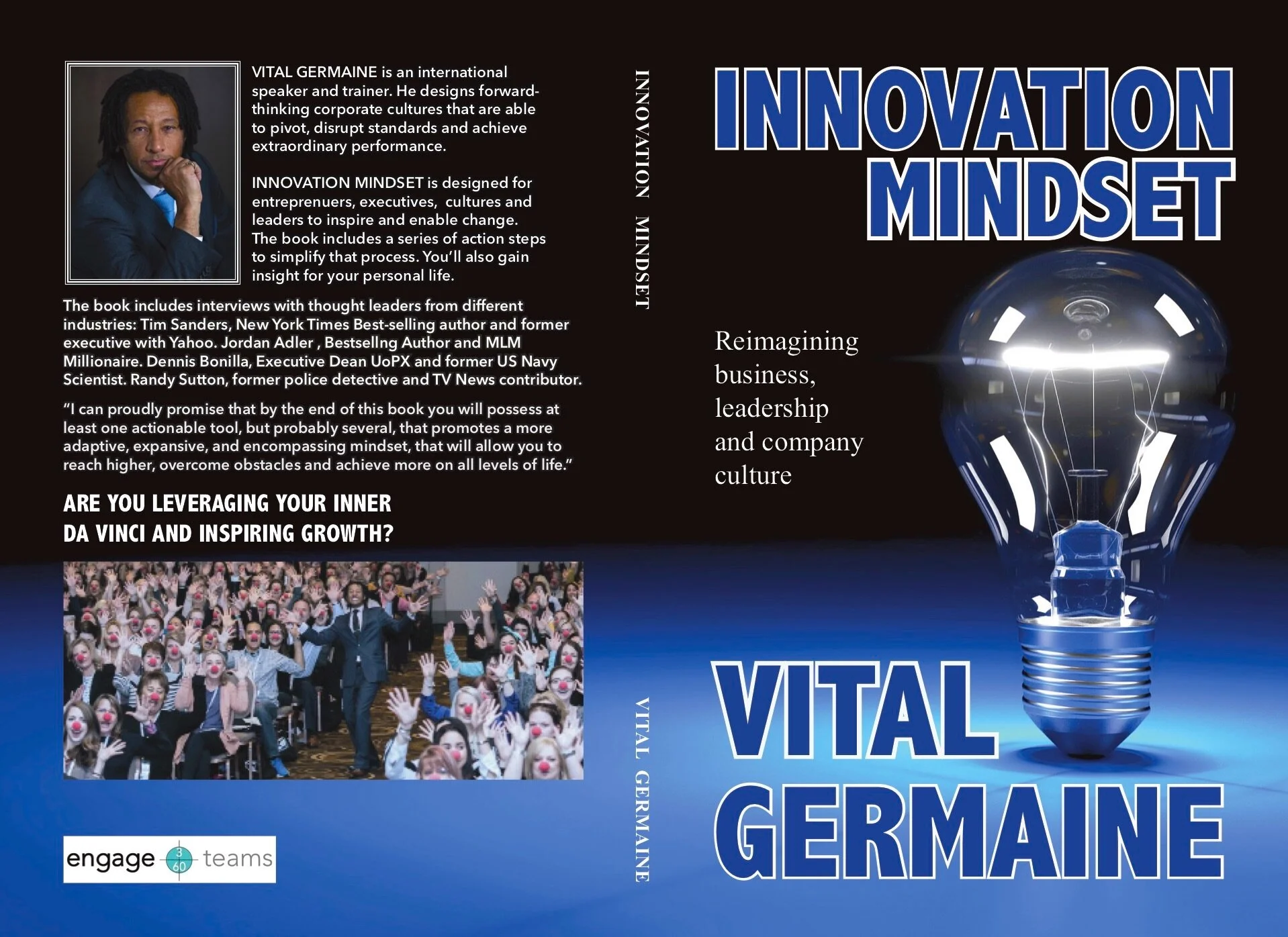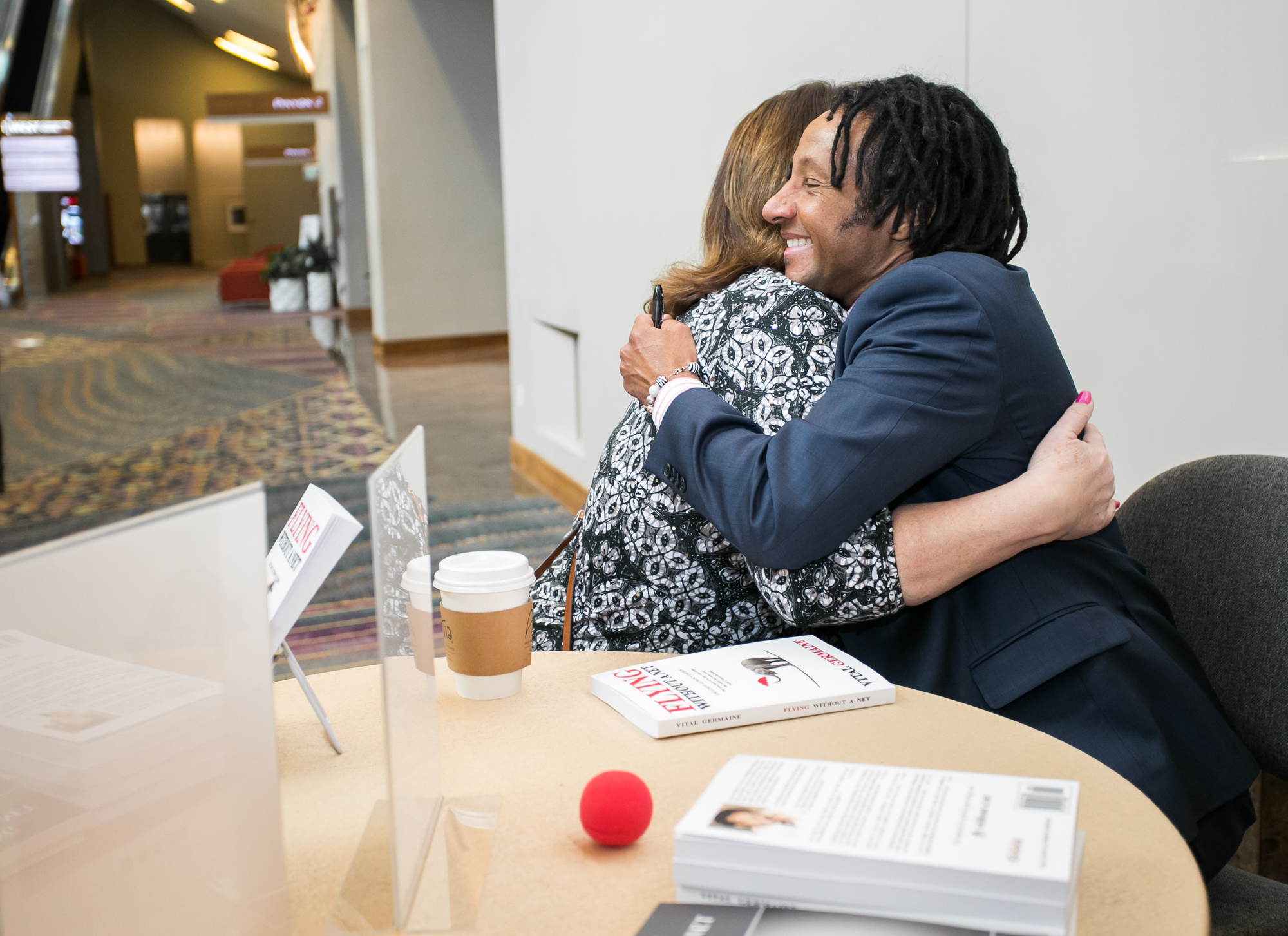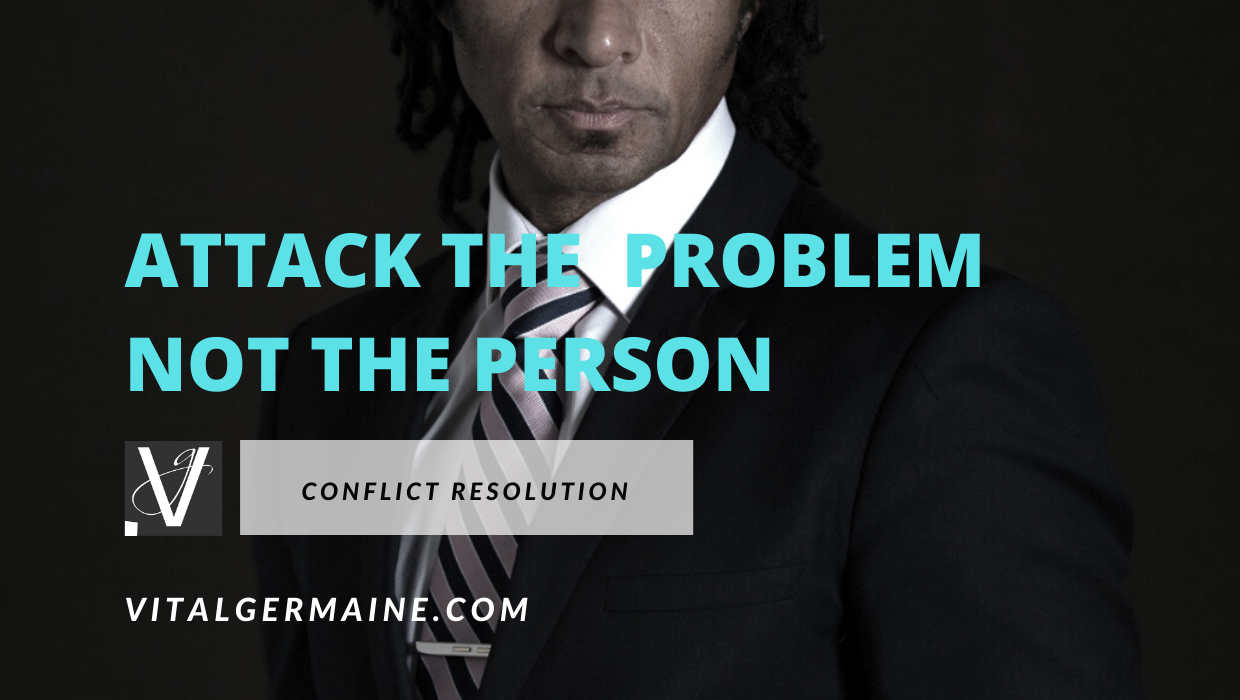The impact of employee-centric cultures
Vital Germaine
Leadership and team members deliver the brand promise. Choose them well. Train them even better. Design an employee-centric culture and you are destined for success.
Not all brands, leaders and cultures are created equal. Some fail while others thrive. And the reasons are not rocket science.
Prior to becoming a international keynote speaker and corporate trainer, I had the honor of performing in Cirque du Soleil. I did it for over 5 years as team captain and original cast member of the ground-breaking Mystere, (and on tour with Quidam).
Here are some very simple and impactful insights I gained in regards to how Cirque was able to define and differentiate itself as a brand and dominated an industry.
CULTURE:
Cirque’s culture was evident from the moment I walked through the door of their massive training facility in Montreal. Though culture is intangible, it should be apparent at a glance. Cleverly chosen words do not define a culture. Furthermore, giving culture a description on paper doesn't mean that's what it is.
The behaviors and habits of everybody that works for your business, company or organization must not only "know" those cleverly chosen words, they must become those words. Executives, in particular, must embody them through their daily habits and the way they treat their employees.
For example (let's state the obvious)
If you work in a fashion or lifestyle sensitive/aware industry, your CEO had better be trendy!
If innovation is a part of your brand or culture, then executives had better have an innovation mindset: diversity, open-mindedness, the encouragement of idea sharing, exploration, risk and failure as a footprint.
If you work in a health and wellness inspired industry, then people working in your stores should look healthy and athletic. And to be politically incorrect, you might not want your "overweight executives" to be on a first name basis with the local McDonald's cashiers.
If the brand promise and employee actions are not congruent, starting at the executive levels through upper and mid management, then the core values risk becoming diluted. As a result, your frontline workers will be left confused, handcuffed and isolated without a compass or warmth. This will turn your brand anemic.
Execs, be honest with yourselves, do you personify the company core values, vision and mission?
2. INNOVATION IDENTITY:
Cirque had a clear innovation identity. It was immediately announced through their choice of facility. They established an environment designed to bring to life their vision and mission of innovation, uniqueness and excellence. They adopted and transformed an abandoned fire station in Montreal, affectionately named Angus, to become their “factory”.
Strangely enough, there was no avant-garde interior design on display. There were no Oompa Loompas meandering the premises doing strange dances. I didn’t witness any magnificent sculptures or art, nor bright colored walls to inspire or promote creativity. All these elements would have helped... they came years later in a new state-of-the-art facility. Nonetheless, the fact they had chosen an abandoned fire station sent a subliminal message that they were cool, fun, eccentric, and willing to defy context of their market place. All with the purpose to be innovative and deliver entertainment excellence.
3. VALUES:
Every person I met that first day within the confines of Angus’ walls, appeared different and aligned with the little I knew about the company... the core values. Nobody was here by coincidence — all by design and careful selection. Even those who appeared to have “mundane” jobs belonged in this “factory” where the zaniest creations were conceived and built. Even the air inside reeked of dedication, focus, advancement, passion, and a commitment to excellence. “Be Extraordinary,” echoed from each nook, cranny and crevice. That's how everybody behaved.
4. PURPOSE:
This can be broken down or defined in different ways inclusive of the vision and mission statements. Cirque's purpose has inevitably changed since they were officially founded back in July of 1984 in Baie-Saint-Paul, Canada. The essence remains the same. In 2012, the mission statement read, “To invoke the imagination, provoke the senses and evoke the emotions of people around the world.” Many additional statements relating to their mission have been cited, including this one, which is a better summary of who they are, and what they represent: “For Cirque du Soleil, dreaming is an integral part of our philosophy: To take the adventure further, push our dreams further, and, above all, believe that our people are the engine of our enterprise. At Cirque du Soleil, we offer our artists and creators the freedom they need to imagine their most incredible dreams and bring them to life.”
I'd argue they embodied this purpose driven philosophy. Their "words" danced, flipped and contorted. The purpose ran through the arteries of their product, processes, place and people. Let's be honest, it wasn't all poetic purpose. There was and is plenty of company BS and things to complain about. And at one point they experienced massive losses before Guy Laliberté sold. Why? In part because they stopped being authentic Cirque du Soleil: less innovation, less excellence and a copy past repeat process designed for quick profits and expansion. But complaining about Cirques company BS is not the issue at hand.
5. LEADERSHIP:
Leadership and team members deliver your brand promise. If you desire to win a championship, choose your team well. Start by hiring good leaders and managers, train them, define expectations and hold them accountable for behavior and results. .
Train people well enough so they can leave, treat them well enough so they don't want to. - Sir Richard Branson.
Take time to attract and find the right talent... then train them even better. Yes, you risk investing all that time, money and resources for them to leave and give value to another company. Train them anyway.
Has your company clearly defined and communicated the vision and mission? Is your culture evident? Is leadership authentic and walking the walk? If it's not, consider investing in that area. It will make all the difference regarding your brand strength, employee retention, market share, customer loyalty and your bottom line.
Thank you
PRESIDENT of ENGAGEteams360
Watch Vital’s keynote sizzle reel below.
Learn more about the Innovation Mindset, Leadership and Culture in the revised edition of: INNOVATION MINDSET, shaping the mindset of innovation and transformation for leaders and cultures.
Learn more about ENGAGEteams360's leadership and culture development strategies and solutions. We are different and definitely inspire transformation.




























